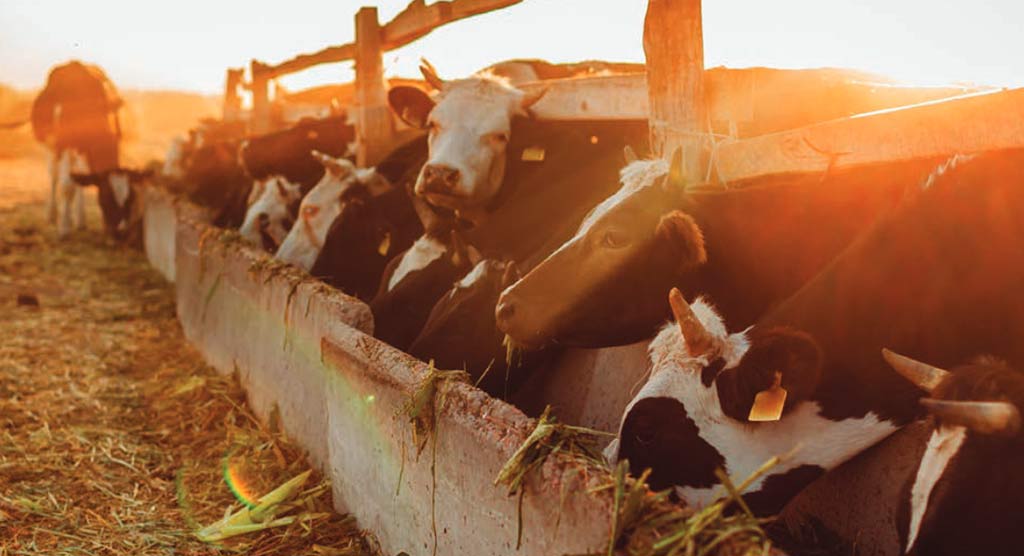Experts in nutrition around the world who study the dangers of malnutrition pay attention to protein.
Inexpensive animal feed and protein products enable lower-cost sources of food, and it’s critical to reduce the costs of food production as well, since it’s a huge industry with its own set of inefficiencies and waste.

When Gevo processes non-edible field corn, we capture large quantities of protein. We use that protein to make high-protein animal feed. We keep the starch out of the animal feed because it doesn’t do the animals any good health-wise, and they produce better meat when they don’t eat it. We don’t just discard the starch though, because it has huge value in multiplying the sustainability of the acreage used to grow corn using regenerative agriculture techniques. Instead, we use the starch in our proprietary processes to create energy-dense liquids. While our facilities produce more animal feed on a tonnage basis than they do energy-dense liquids, those liquids store immense amounts of renewable energy.
This is the best kind of renewable energy, because our society already knows how to use it. With no refining, our energy-dense liquids can be used as sustainable aviation fuel or renewable premium gasoline. For every nine pounds of high protein animal feed, Gevo also produces a gallon of aviation fuel.

The value from these products helps our entire product line cost structure. We get more from every acre of corn than one product, or the other. We get the sum total of their impact, and use less fertilizer with regenerative agriculture methods—building up the richest soil in the world, in America’s Heartland. Energy security and improved human nutrition matter to us and the world.
